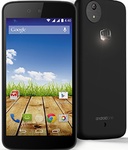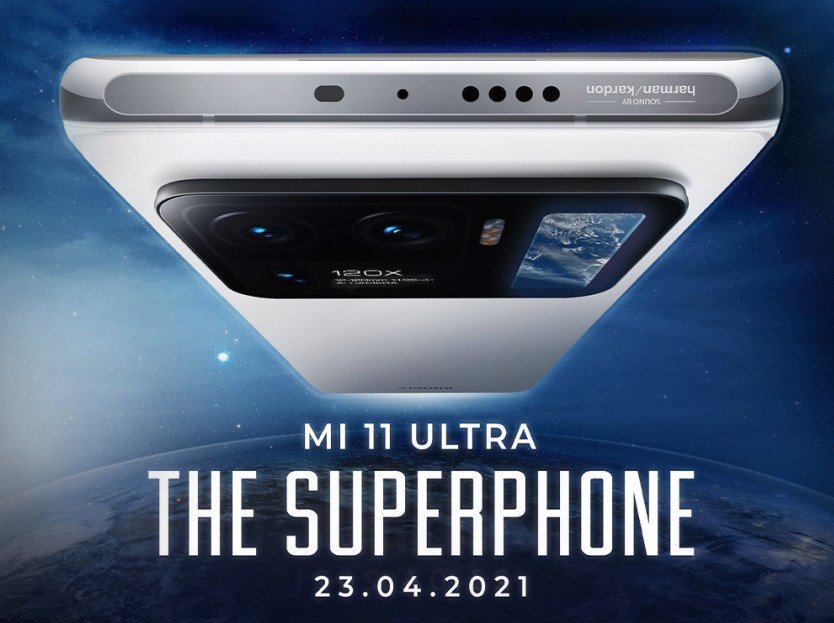Google's 'a' devices are quality low-cost alternatives in a crowded market - Android
"A" stands for affordable, accessible, and adept.
![]()
"Google is not a hardware company!"
How many times have we heard this (or said this) in the past? Google is great at providing free or low-cost software and services, but it always seems to stumble and gets in its own way when it tries its hand at making devices. From launching devices before features are ready (like Soli on the Pixel 4 series) to canceling beloved devices before their time is up, to just making some unforced errors, Google has certainly had its ups and downs in the hardware department over the years.
However, one of Google's founding principles and guiding missions is to make the world's information accessible to all. A part of that is helping more people access that information more easily in the first place. A big part of this effort has and will continue to come in the form of free (to the end-user) services, but a growing area for this access is in the physical tools through which the world connects to Google's services.
When Google first introduced Chromebooks 10 years ago, one of the most exciting things about the platform was the ability to get an (increasingly capable) computer for a fraction of the price that PCs and Macs were going for. The Pixel 3a showed us how great a sub $400 smartphone could really be. And now there are rumors that we are going to see an "a" version of Google's true wireless earbuds. I hope this means that Google is leaning more into the affordability angle because this is where its hardware efforts really pay off for consumers.
Pixel "a" phones
![]()
With its "a" series of phones that debuted with the Pixel 3a in 2019, Google showed the world that mid-range phones didn't have to suck. And while the initial 4a looked kind of boring, the 3a brought the best of Google's personality to its design with its Purple-ish variant with a bright yellow power button. Now that there is a Barely Blue Pixel 4a and Clearly White 4a 5G, the current crop of "a" phones has caught up a bit in the style department as well.
But the "a" series isn't really about design at all. It's about delivering a flagship (or near-flagship) level software experience and cameras capable of outperforming phones that cost hundreds of dollars more. As someone who has access to a lot of great devices, I still chose the Pixel 4a as my primary phone, as does my colleague Ara Wagoner.
If Google continues on its current cadence (and I hope that it does), it appears that we could see the successor to the Pixel 4a and 4a 5G — the Pixel 5a — sometime later this spring or early this summer. Initial rumors and render leaks point to the device having a similar design to the 4a phones, but I don't think that's a bad thing. The important thing is that the phone be well-made, runs Android 12 flawlessly, and has great cameras, all for $450 or less. That's the sweet spot, and it's what Google should be shooting for once again. Personally, I'd be fine if the only phones Google made were "a" series, leaving the premium tier for Samsung and OnePlus to fight over.
Pixelbook "a"?
Many of my colleagues here and I at AC love working on Chromebooks. They are the perfect portable or work from home machines because they start up fast, are secure, get years of updates, and are easy to use. But the #1 reason why people, schools, and businesses are buying them by the millions is that they're so affordable.
You can find Chromebooks from $100 (but don't) on up to $1,000 (also don't), but the sweet spot these days for the best Chromebooks is in the $350-$700 range. And you know what (arguably) the best Chromebook is at that price range? Google's very own Pixelbook Go. When Google began rolling out first-party Chromebooks, it went after the ultra-high-end, in a move seemingly counter to accessible computing. The Chromebook Pixels pushed up and over the $1,000 mark but were never really intended for the masses; rather, they were meant to show OEMs how great Chromebooks could be. Once it accomplished that mission, Google could then refocus on lower price points. While the Pixelbook Go is still more expensive than most Chromebooks, it's still much less expensive than comparable PCs or Mac laptops, and it's still the Chromebook my colleague Jerry Hildenbrand would buy today.
In a way, you could consider the Pixelbook Go a sort of Pixelbook "a," though I'd love it if we actually could get a true Pixelbook "a" in the future. Picture something with a slightly lower-quality screen to the Go, with a plastic bottom, a la the Lenovo Flex 5. Now that would be cool to see!
Pixel Buds "a"
![]()
The original Pixel Buds were overpriced and kind of a dud product (remember that axiom "hardware is hard"), but by most accounts, Google corrected many of its initial mistakes with the second generation Pixel Buds and made a product that many of us have loved using.
The 2020 Pixel Buds are priced at $180, which, while not as expensive as some of the best wireless earbuds coming from Apple, Sennheiser, or Samsung, still cost more than most people want to pay for portable listening. There are plenty of great options under $150, and many of the best cheap wireless earbuds cost well under $100. This is why I'm thrilled at the reported rumors that Google is planning on releasing a pair of Pixel Buds "a" at some point this year.
If that is indeed the name of the new devices, one can only hope that means that they will be priced more affordably than the regular Pixel Buds; dare I even speculate that they might be close to that $100 price point? If that were true, then you could potentially get a brand new Pixel 4a phone and a brand new pair of quality Pixel Buds "a" for under $500. That's pretty darn competitive. Add a sub $500 Chromebook to that, and you're all specced out for under $1,000.
"a" men
While I don't mean to trivialize such an important phrase with my wordplay, I do think it's an apt way to conclude this homage to the "a" series of devices during such an important week to two of the world's great faiths. I believe Google can make its mark in the hardware space in a big way with more "a" style products, and I hope that these new Pixel Buds "a" are a continuation of that effort.
As amazing as devices like the high-end Pixelbook (2017), Chromebook Pixels, and Google Home Max were, where Google really excels is in the mid-range space. To me, the "a" series of Pixels and analogous devices connote affordability, accessibility, and adaptability and are the perfect products to bring Google's services to more people around the world. They demonstrate to consumers and other manufacturers that you don't have to spend a fortune to get a well-built, quality product. Granted, Google can afford to take low margins on these devices since they're supported by its main businesses like ads and search, but the fact that it's willing to do so can only improve competition, which is good for all of us.
01/04/2021 11:00 AM
Dish accuses T-Mobile of anti-competitive behavior over Sprint CDMA shutdown
01/04/2021 11:29 PM
PlatinumGames is making an April Fools' Day joke into a real game
01/04/2021 08:28 PM
Cat S62 Pro with an advanced thermal imaging sensor is launching in the USA
01/04/2021 03:34 PM
Global Wearable Shipments Grew Strongly In 2020 - Canalys
01/04/2021 02:16 PM
The Morning After - Now there's a 'Hey Google' car
01/04/2021 01:33 PM
Apple begins showing Russian iPhone owners state-approved apps during setup
01/04/2021 01:10 PM
Xiaomi Mi 11 Ultra confirmed to launch in India on April 23
01/04/2021 07:57 AM
Terraria on Stadia Review - Pixel perfect building in a procedural sandbox
01/04/2021 11:30 AM
- Comics
- HEALTH
- Libraries & Demo
- Sports Games
- Racing
- Cards & Casino
- Media & Video
- Photography
- Transportation
- Arcade & Action
- Brain & Puzzle
- Social
- Communication
- Casual
- Personalization
- Tools
- Medical
- Weather
- Shopping
- Health & Fitness
- Productivity
- Books & Reference
- Finance
- Entertainment
- Business
- Sports
- Music & Audio
- News & Magazines
- Education
- Lifestyle
- Travel & Local







